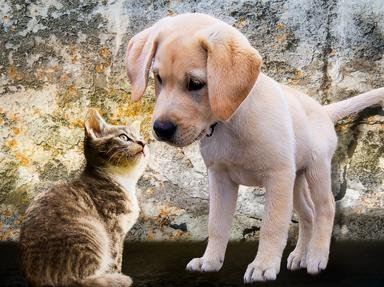Quiz Answer Key and Fun Facts
1. This scandalous French poet wrote several poems about cats for his collection "The Flowers of Evil"
2. One of this 18th-century composer's most famous works was allegedly inspired by a cat walking across the keys of his harpsichord
3. This Victorian artist devoted most of his life's work to the depiction of cats and kittens
4. An extremely successful musical was based on a book by this Nobel Prize-winning poet and cat lover
5. One of the stardard-bearers of Impressionism, this great artist often included cats in his paintings
6. This highly innovative, 20th-century composer wrote a cycle of four "Cat Lullabies"
7. Known for his powerful tales of cosmic horror, this American writer had a deep love of cats
8. This eclectic Swiss-German painter often allowed his cats to assist him in his work
9. Siamese cats were the great love of this iconic composer, known for his haunting "Bolero"
10. According to this quintessential Renaissance man, even the smallest feline is a masterpiece
Source: Author
LadyNym
This quiz was reviewed by FunTrivia editor
bloomsby before going online.
Any errors found in FunTrivia content are routinely corrected through our feedback system.

